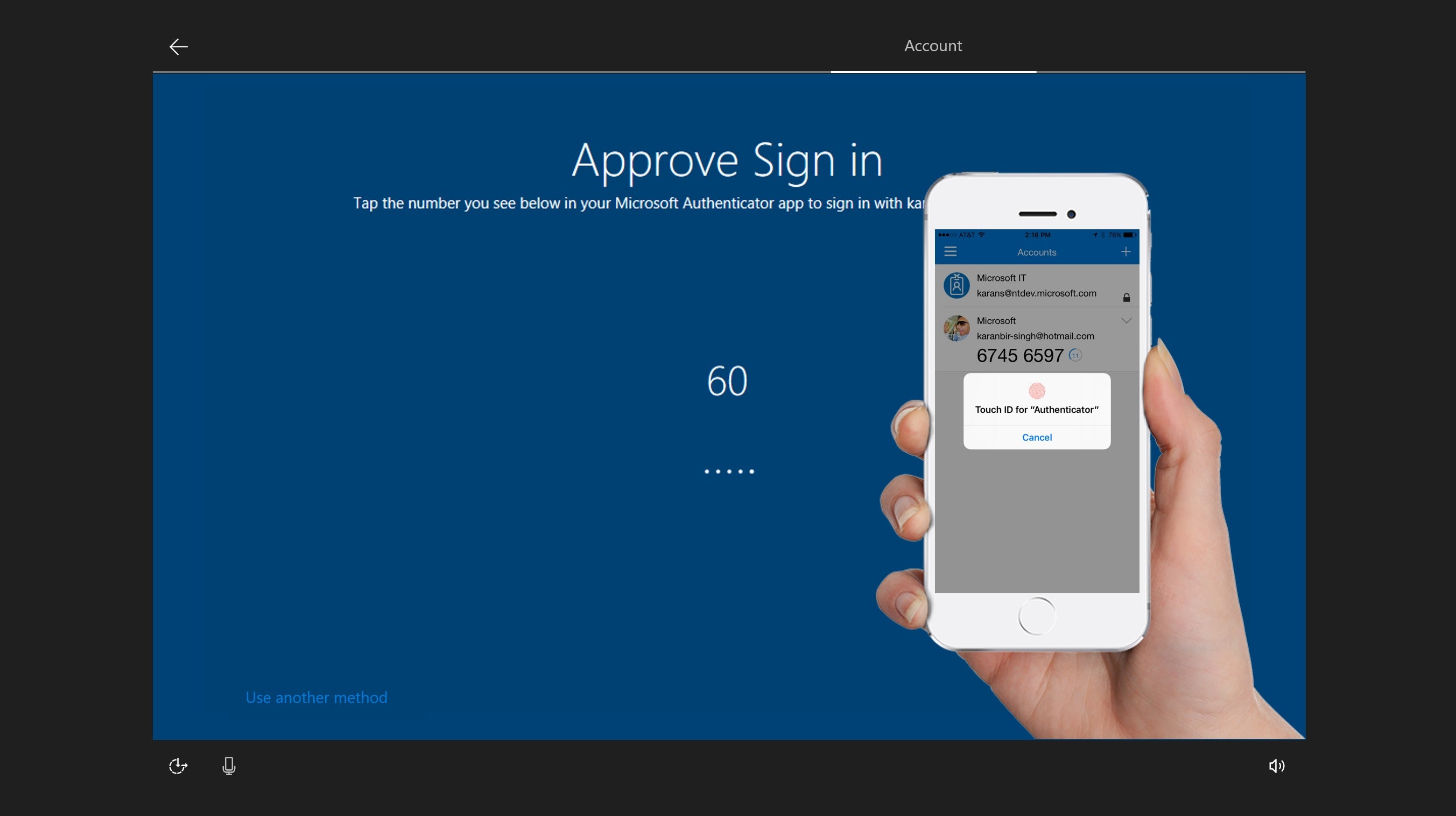

Go to Check a user section, enter a user name and a one-time password. You can also make sure that OTP is working correctly through the web interface. LOG 15:13:11 notice (user j.smith) User OK: User j.smith successfully logged in with TOTP token Where 130186 is a one-time password you get from the app.

In the command prompt, you can make sure that multiOTP allows authenticating this user with OTP: Then a new user account appears in the Authenticator app, which generates a new six-digit password (the second factor) every 30 seconds. Install the Microsoft Authenticator (or Google Authenticator) from Google Play or App Store on the user’s smartphone. You will see a user QR code to add to the authentication app.

In the List of users section, you will see a list of domain users synchronized earlier (AD/LDAP source). Then it is recommended to change it.Ĭonfiguring MultiOTP Two-Factor Authentication for Domain Users Sign-in MUltiOTP web interface ( ) using default credentials (user: admin, password: 1234). It will install multiOTP web management interface. Run webservice_install.cmd as administrator. Multiotp -debug -display-log -ldap-users-sync Multiotp -config ldap-in-group=”2FAVPNUsers” Multiotp -config ldap-server-password="Paa32ssw0rd!" REM Group of users you want to enable OTP for: Multiotp -config ldap-bind-dn="CN=multiotp_srv,OU=ServiceAccounts,OU=Munich,DC=woshub,DC=com" Multiotp -config ldap-base-dn="DC=woshub,DC=com" REM Account for multiOTP authentication in AD: Multiotp -config ldap-port=389 REM Domain controller IP address: Multiotp -config ldap-group-attribute="memberOf" Multiotp -config ldap-group-cn-identifier="sAMAccountName" Multiotp -config ldap-cn-identifier="sAMAccountName" Multiotp -config default-request-ldap-pwd=0 Multiotp -config default-request-prefix-pin=0

Using the commands below, we will configure MultiOTP LDAP settings to get users from the Active Directory database. Open the command prompt and go to the directory containing multiotp.exe:


 0 kommentar(er)
0 kommentar(er)
